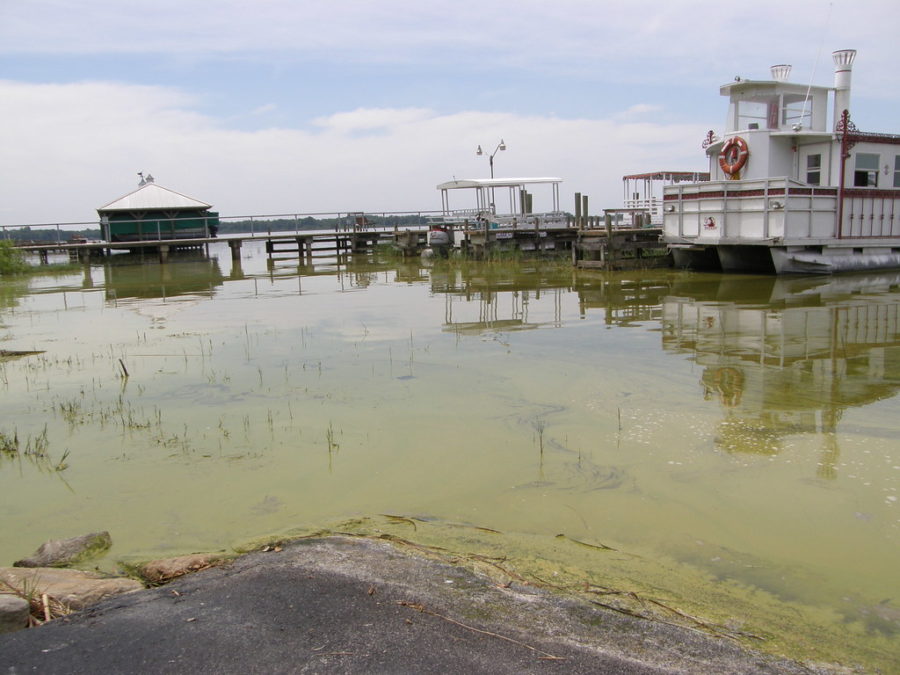Toxic Water
There have been many issues with Florida’s water quality in the past year especially due to Hurricanes.
February 2, 2023
Many events can lead to bad water quality in a state, natural or unnatural. Waterways were flooded by sewage pipeline overflows. Portable bathrooms collapsing and filling bodies of water with waste. Vehicles that were partially submerged leaked gasoline and motor oil. On flooded highways, fallen trees have begun to rot.
Hurricane Ian, a Category 4 storm that made landfall in Florida, wreaked damage in both the ocean and the land. Winds from the storm and an abundance of rain flushed toxins into streams and bays, indicating the beginning of potentially significant environmental repercussions. Poor water quality can hold a negative effect on sea life and ultimately the people that eat it.
Due to overflowing sewers, cities like Orlando urged citizens to reduce how frequently they flush toilets, take showers, wash dishes, and do laundry.
The emptying of freshwater streams into the ocean is a natural occurrence that does not cause harm, but hurricanes can cause too much of this fresh water to get into the ocean and bring lots of organic materials with it. Too much organic floating materials can prevent sunlight from reaching deeper water plants, reducing their capacity to produce food through photosynthesis and ultimately causing plant death. There is also a strong likelihood big storms like Hurricane Ian wash pesticides for yards into big bodies of water
Gov. Ron Desantis has been doing his part in bringing back clean water to Florida. Desantis announced seven awards with a total reward of over 22.7 million dollars. These awards were meant to support water quality improvement in Biscayne Bay. Biscayne Bay has been busy making improvements to their storm water drains and sewers.
In 2019, a group of experts composed by Desantis with the goal of helping inform Florida’s environmental decision-making process and improve water quality throughout the state. The experts were knowledgeable on algal blooms, hydrologic modeling, coastal systems, chemical ecology, and marine ecosystem health. Together, the team made suggestions to improve the quality of Florida’s bodies of water. With the recommendations written over three years ago, many have still not been addressed. According to the article Room for Improvement: Progress Report on Florida’s Water Quality “12.5 percent of the recommendations, received a passing rate and improved water quality for Florida’s people and wildlife.” 32 of the recommendations were looked at with only 4 passing.
A major issue with bad water quality is it can affect the health of fish eaters, which is a major portion of the population in Florida. According to the United States Environmental Protection Agency (EPA) the estimated number of fish consumed per day by each Florida resident is 6.5 grams. The Florida Department of Agriculture says, “Florida ranks 11th among American states for fresh seafood production,” with 87 million pounds of seafood harvested.
Many people have issues with Florida’s lack of concern for its water quality and how it affects its citizens. Florida has no criteria for regulating 37 different pollutants. The EDA set a year-long deadline for creating criteria or changing it for the many different pollutants.
Amanda Moore, director of NWF’s Gulf Program, believes that “Wildlife can be incredibly resilient,” going on to say that wildlife can make a comeback if given the time and resources. This hope seems to be becoming less and less likely as Florida’s water is being polluted faster than the state is able to restore them.









